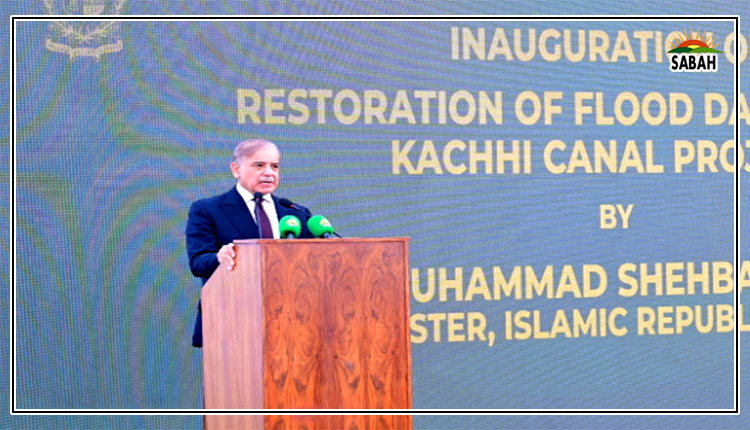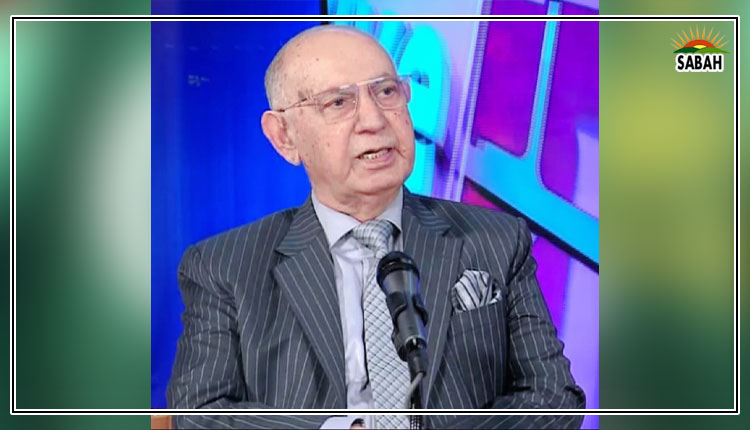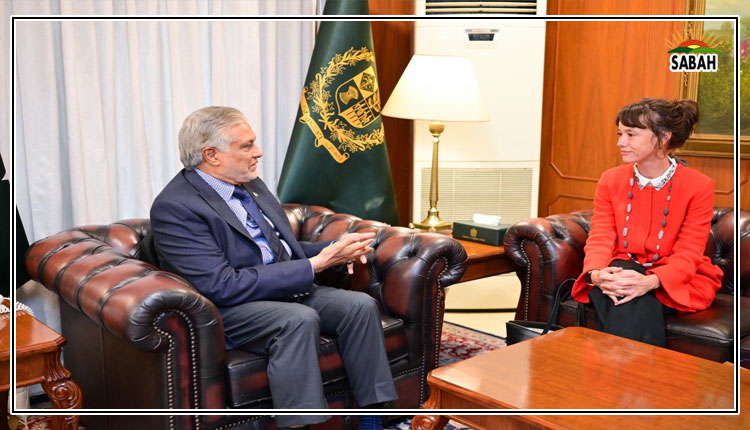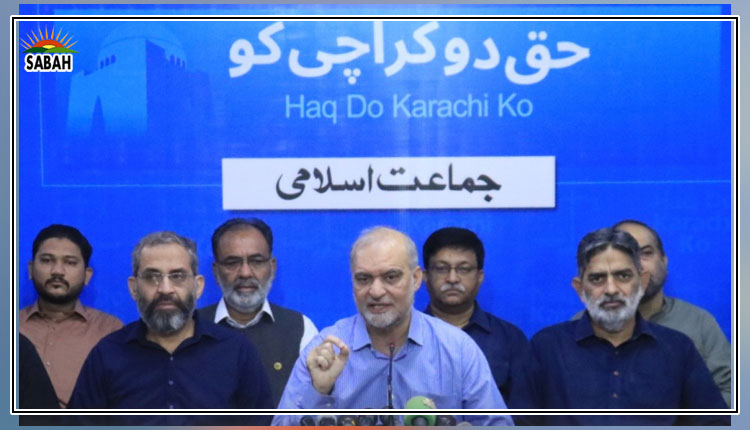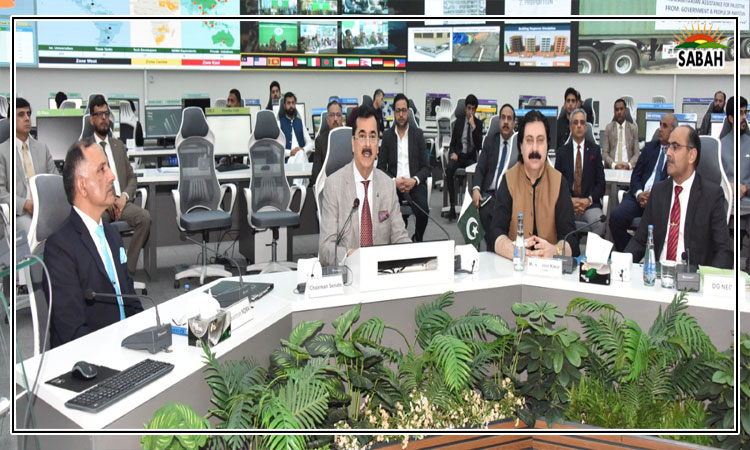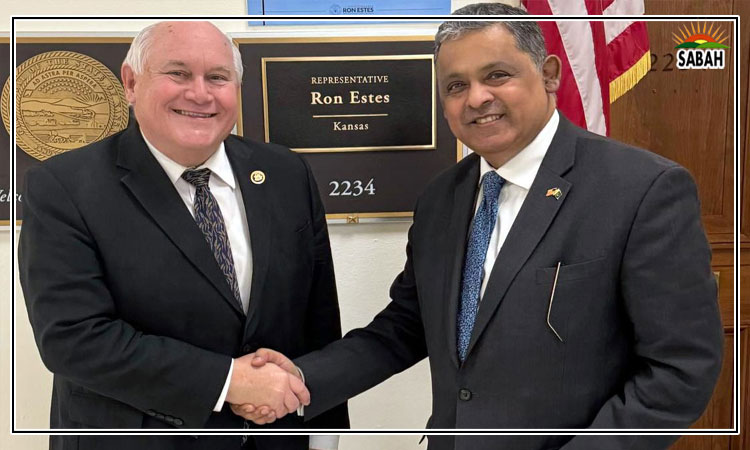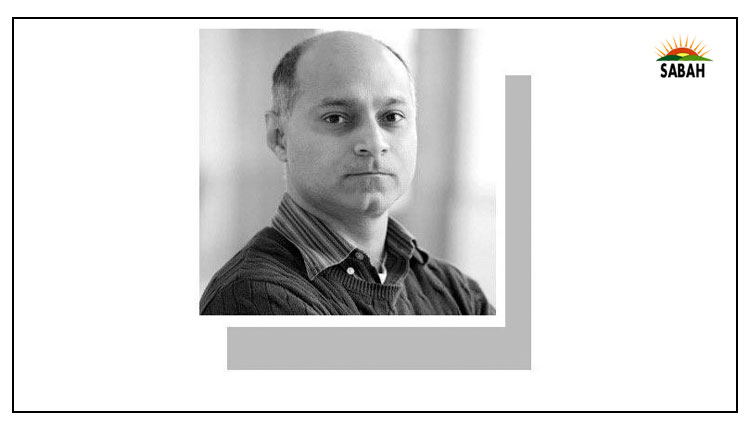Shifting gears …. Khurram Husain
AFTER many years of extreme uncertainty and political instability, it now seems like things are finally starting to move.
Two developments this week point to this. First is the visit of the foreign minister of Saudi Arabia, during which the talks seem to have focused in significant measure on some form of economic engagement between Saudi Arabia and Pakistan. The language used by the Saudi foreign minister at the joint presser at the conclusion of the visit was also unusually bullish on the prospects of growing the ties between Pakistan and Saudi Arabia.
The second development is Finance Minister Muhammad Aurangzeb’s round of engagements in Washington, D.C., where he is attending the spring meetings of the IMF and World Bank.
One thing he made clear in all his public engagements was the urgent need for a successor programme with the IMF as soon as the ongoing Stand-by Arrangement ended. He also made clear that talks on this had begun, and outlined three key areas that will be targeted for “structural reforms”: taxation, power and state-owned enterprises. His emphasis was on execution, indicating that he will press hard on the matters he commits to.
These are two very critical developments, although how far they are beneficial for the general populace remains an open question. For now, it is clear that the storms of uncertainty and the perilous brushes with default that have marked the preceding two years are now receding. This does not mean the country is in the clear. Any country that is busy negotiating a programme with the IMF cannot be described as being in the clear.
What it means is that sanity is returning, decision-making is beginning to articulate itself at the top, the correct priorities are being talked about by people who have clout and credibility within their own circle of peers, and foreign investors are beginning to look again at Pakistan’s prospects. In short, it means the gears are shifting.
There is a temptation that some in government are succumbing to. This is the temptation to declare victory. It is entirely premature for that at this point, and it is important to bear in mind that a country that is struggling to enter a long-term IMF programme cannot be described as a country that is in good health, or one whose authorities have much reason to celebrate. It means the bulk of the hard work lies ahead, and that the chances of failure are legion.
The finance minister said during one of his interviews in Washington that everyone knows what all needs to be done. The problem is in execution. He should have been asked what prevented preceding governments from executing the agenda he is chalking out, and what makes him so sure he will succeed where they failed. Sadly, this question never arose. Perhaps some TV anchors at home will pose this question to him upon his return.
It is important to bear in mind that a country that is struggling to enter a long-term IMF programme cannot be described as one that is in good health.
But for now, without popping any corks or fuelling undue optimism, it is possible to say that a direction is becoming visible. Three questions now arise.
What exactly is the shape of the Saudi ‘investment package’ that we are told totals $5 billion? How far will the Saudi or perhaps more broadly, the Gulf interest in Pakistan go? And most importantly, will all this really be beneficial for Pakistan?
Or are we simply going to repeat an old story where the government of the day fetches dollars from abroad, whether borrowed or begged, and burns them in the furnace of the country’s economic dysfunctions to produce a short-lived, feel-good, growth experience followed by a massive crash?
Twice we have repeated this story. First during the Pervez Musharraf years, and second in the years running from 2013 to 2017, when the third PML-N government of Nawaz Sharif ran the country. Both these periods were unique in one sense: the country was on an IMF programme, yet it registered high rates of economic growth. These are two antithetical outcomes. Fund programmes are designed to slow the economy to allow it to build reserves and fiscal buffers, while undertaking deeper reforms.
What happened in both these periods was that geopolitics trumped economics. In the first period, it was the post-9/11 bonanza and its associated inflows that were used to power an economic boom, with which a dictator struggling to find his feet procured his legitimacy.
In the second period, an elected government borrowed heavily from bilateral donors, especially China and the Gulf monarchies, to power a growth boom that clearly could not last, and whose bills would weigh heavily on the country for years thereafter, but nevertheless gave the government of the time enough material with which to portray itself as the party of growth and development.
It is critical that this story not be repeated one more time. The temptation to see the dollar inflows that may perhaps be materialising soon (there is as yet no guarantee that this will happen, but the indications are there) as fuel for a short-lived growth boom must be resisted. It should be the success of the underlying reforms, especially the extent to which they enable investment, whether foreign or domestic, that should be the driver of the growth to come.
A liquidity-fuelled boom could well break the Imran Khan fever that has gripped the electorate and weighs so heavily on the shoulders of the current rulers. But this will be much the same folly as the dictator using a short-lived economic boom to procure for himself an equally short-lived legitimacy.
The finance minister is right to point to the deeper reform agenda as the key to unlocking the economy’s potential. He is right to place the emphasis on execution, rather than endlessly discussing policy options. But it seems the most important constituency that needs to be persuaded of this may be his own cabinet members.
The writer is a business and economy journalist.
khurram.husain@gmail.com
X: @khurramhusain
Courtesy Dawn, April 18th, 2024


